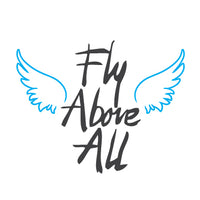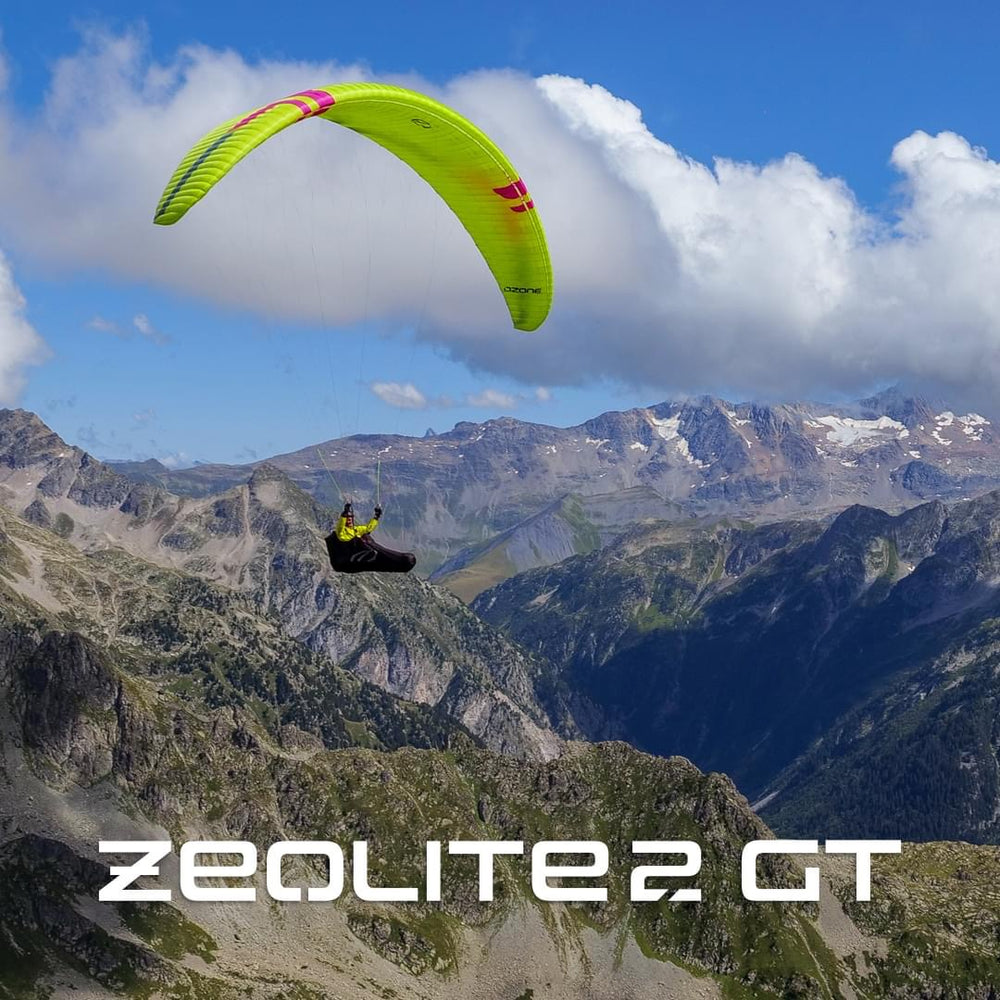Like its predecessor, the Zeolite2 GT is a more durable version of the the ultralight hike & fly racing machine, the Zeolite2 XD, flown with great success by our pilots Damien Lacaze, Maxime Pinot, Pal Takats and Michal Gierlach in the this year's X-Alps race.
The development process pulled technology from both the Photon and the race wing.
The initial Zeolite GT was a big success and this new iteration offers significantly improved performance in accelerated flight, improved agility and handling, whilst keeping the same low weight.
| sizes | XS |
S | MS | ML |
L |
|---|---|---|---|---|---|
| Number of cells |
71
|
71
|
71
|
71
|
71
|
|
Projected area (m2)
|
15.9
|
17.2
|
18.5
|
19.8
|
21.1
|
|
Flat Area (m^2)
|
18.9
|
20.4
|
22
|
23.5
|
25.1
|
|
Projected Span (m)
|
8.9
|
9.3
|
9.6
|
9.9
|
10.3
|
|
Flat Span (m)
|
11.3
|
11.8
|
12.2
|
12.6
|
13.1
|
|
Projected Aspect Ratio
|
5
|
5
|
5
|
5
|
5
|
|
Flat Aspect Ratio
|
6.8
|
6.8
|
6.8
|
6.8
|
6.8
|
|
Root Chord (m)
|
2.09
|
2.17
|
2.26
|
2.33
|
2.41
|
|
Glider Weight (kg)
|
3.56
|
3.75
|
3.91
|
4.19
|
|
|
In-flight Weight Range (kg)
|
60-75
|
65-85
|
80-95
|
90-105
|
100-115
|
|
EN
|
D
|
D
|



